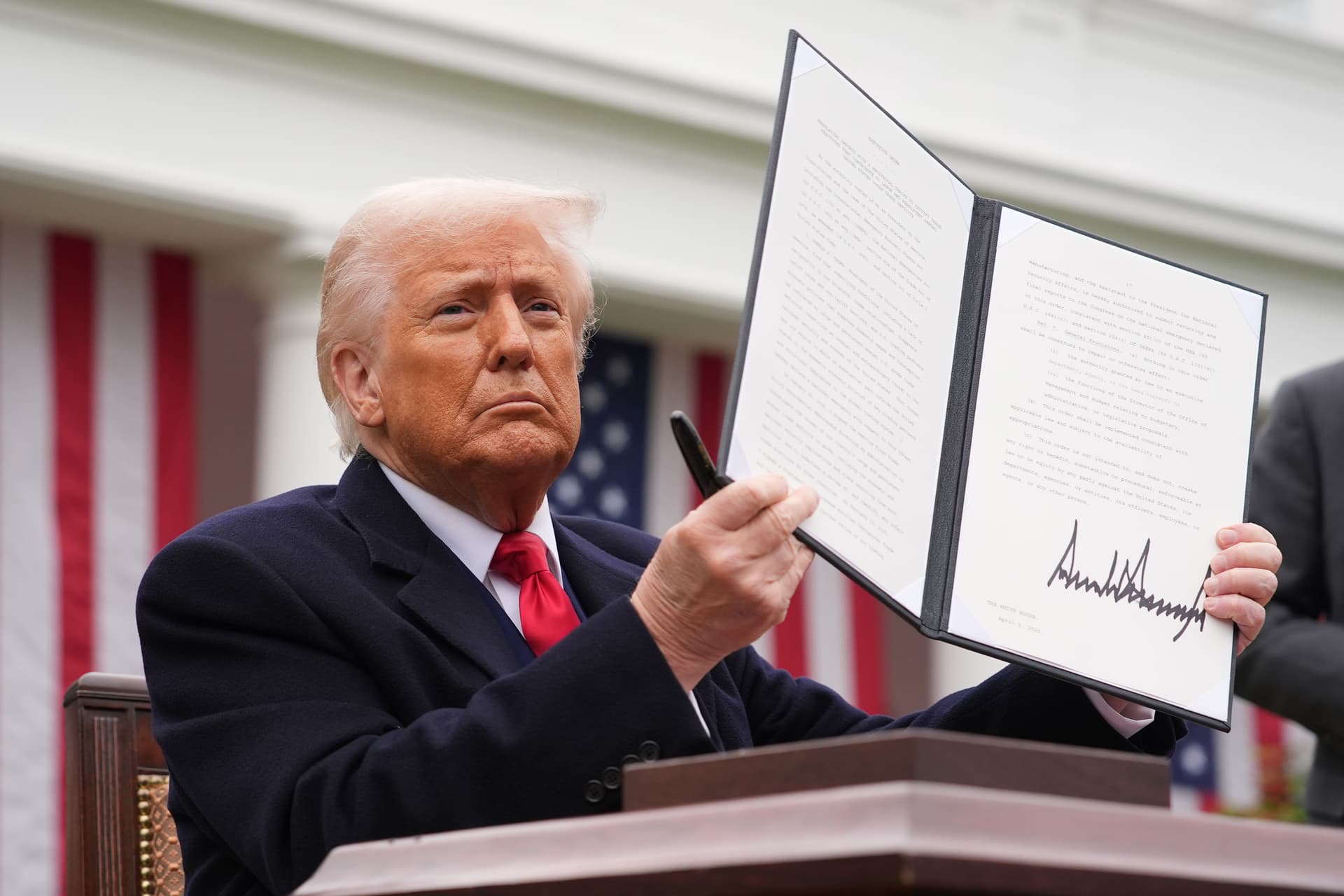Trump fires back at China’s rare earth mineral restrictions by threatening 100% tariffs | TechCrunch

News Summary
President Donald Trump announced a 100% tariff on all imports from China and export controls on "any and all critical software" from the United States. This move is a direct response to China's recent tightening of export controls on rare earth minerals, which are crucial for tech products like semiconductors and solar panels, and where China is the world's largest producer. Trump described China's action as "absolutely unheard of in International Trade, and a moral disgrace." He stated that the new tariff would be "over and above" any tariffs already imposed on Chinese imports, with the base rate already at 40%. The tariffs are set to take effect on November 1, though Trump suggested they could still be walked back and that a meeting with President Xi Jinping might not be canceled. Following the announcement, stocks tumbled, with the Dow Jones Industrial Average down 1.9%, the S&P 500 down 2.71%, and Nasdaq down 3.56% at market close. Tech giants like Nvidia and Tesla saw declines of around 5%. Crypto markets also experienced significant liquidations, reportedly 10 times the dollar value seen during the FTX collapse.
Background
The US-China trade conflict has been ongoing since 2018, with the Trump administration maintaining a firm stance on China after his re-election in 2024. The U.S. had previously imposed varying tariffs on Chinese goods, with base rates typically around 40%. Rare earth minerals are indispensable raw materials for modern high-tech industries, widely used in electronics, electric vehicles, wind turbines, and military technology. China dominates the global rare earth supply chain, accounting for the majority of global production, giving it significant strategic leverage over these critical resources. China's move to tighten rare earth export controls, requiring foreign companies to apply for licenses, is seen as a retaliatory measure.
In-Depth AI Insights
1. What are the core strategic motives behind this escalation, beyond mere trade retaliation? - On the surface, it appears to be trade retaliation, but at a deeper level, it reflects the ongoing struggle between the U.S. and China for dominance in high-tech sectors and supply chain resilience. - For the U.S.: The Trump administration's 100% tariffs and software export controls aim to force concessions from China on critical resources and technology, while accelerating the 'de-risking' and localization of critical supply chains (especially rare earths and key software) for the U.S. and its allies. - For China: Rare earth export controls serve as a strategic tool to exert pressure on the U.S. in high-tech domains, highlighting its irreplaceable role in global supply chains and securing more bargaining chips and development space for itself in areas like semiconductors. 2. How will these measures impact global supply chains and technological development? - Short-term Shocks and Volatility: Markets will experience significant volatility, particularly in industries reliant on rare earths and critical U.S. software. The immediate reaction in tech stocks and crypto markets underscores this. - Long-term Supply Chain Reshaping: Companies will be forced to accelerate diversification of rare earth sourcing, seek alternative technologies, or invest in non-Chinese rare earth mining and processing. Simultaneously, critical software restrictions will drive China and other nations to accelerate the development of indigenous alternatives. - Increased Costs and Reduced Efficiency: The fragmentation and duplication of global supply chains will lead to higher production costs and reduced efficiency, potentially passed on to consumers and impacting global economic growth. - Accelerated Technological Decoupling: The trend of 'decoupling' in critical technology sectors between the two nations will intensify, leading to the formation of independent ecosystems with profound implications for global technical standards and innovation models. 3. For investors, what opportunities and risks emerge given the accelerated US-China technological decoupling? - Risk Areas: - Tech hardware manufacturers highly dependent on Chinese rare earths or critical U.S. software: Such as some semiconductor, EV battery, and renewable energy equipment makers, whose production costs and supply chain stability will face severe challenges. - Highly globalized multinational corporations: Especially those with significant operations in both markets, will face increased operational uncertainty and compliance costs. - Opportunity Areas: - Non-Chinese rare earth mining, processing, and related technology companies: Global demand for alternative rare earth sources will surge, driving investment and development in these industries. - Developers of non-U.S. alternatives for critical software: Particularly in China and other nations seeking technological self-sufficiency, indigenous software ecosystems will see growth opportunities. - Logistics and automation companies focused on supply chain resilience and localized manufacturing: Businesses will increase investment in supply chain diversification and regionalized production to mitigate geopolitical risks. - Gold and other safe-haven assets: Heightened geopolitical tensions will increase the attractiveness of safe-haven assets.